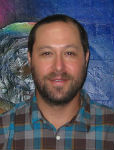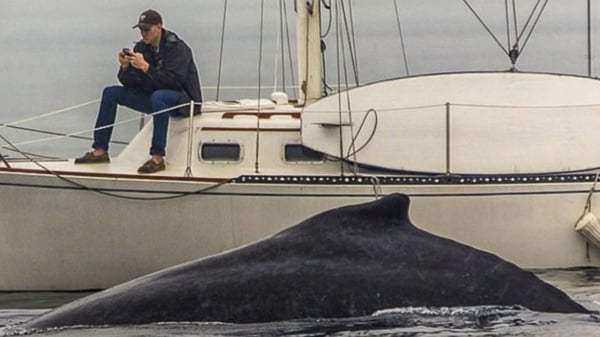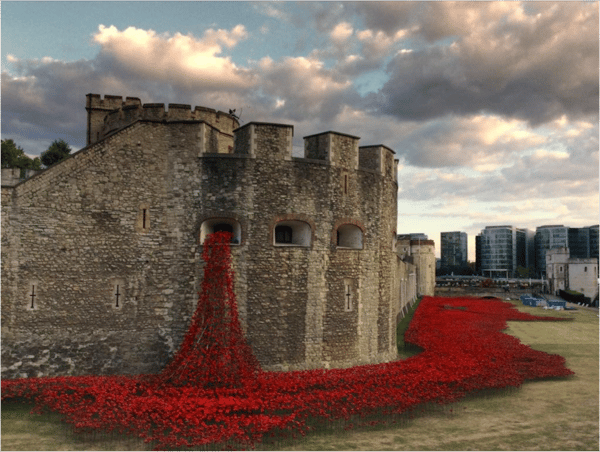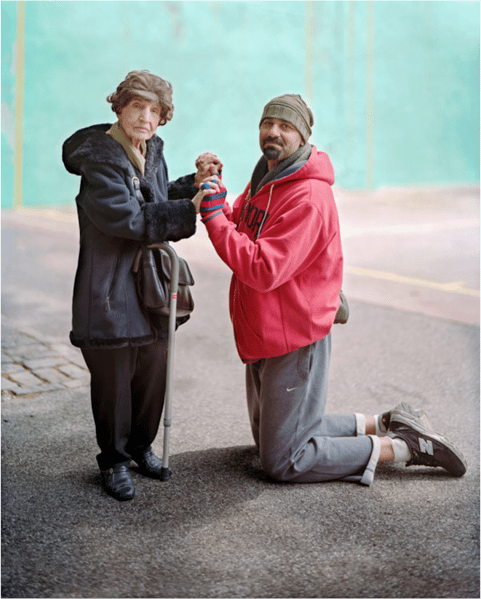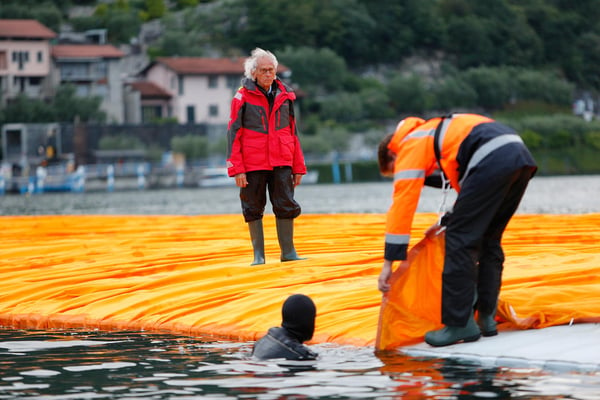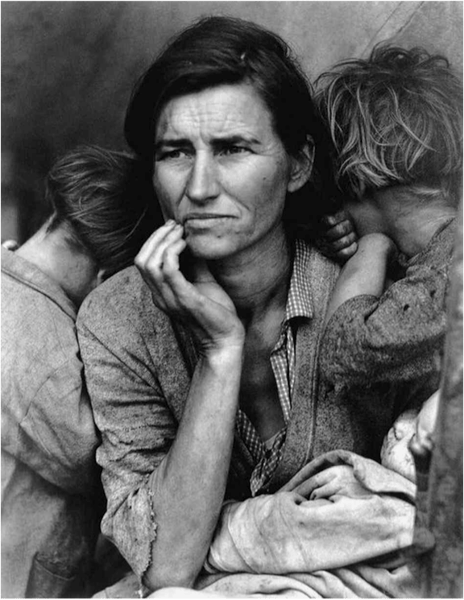I want you to look round the room. Look at the people sitting to the right of you. Look at the people to the left. Take a second to see the people in the row in front of you. Locate a few teachers and take a look at them, too. Take notice of your surroundings.
Now look again at the people in the row ahead of you, and consider, for a moment, that just like you, they have a thick skin, but in fact are far more insecure than they let on. Just like you, they want more than anything to be liked. Just like you, they hide their lack of confidence with bravado. Just like you, they want to feel at home in the world.
Now take another look around the room. Think of someone at Shorecrest you have never really spoken to. Someone you may barely know. Consider that they, just like you, have an eating disorder. They, just like you, have parents who are getting a divorce. They, just like you, are not sure if their friends are talking about them behind their backs.
Students, take a moment to look at a teacher.
Faculty, take a look at the student body and consider that the students, just like you, are mourning the end of the weekend. Students, consider that the faculty, just like you, are a little irritated by this exercise.
Faculty, consider that the students, just like you, have a “to do” list for this week that is daunting in length and they also very much want to be using this time for getting a start on it.
Consider that all of you, just like me, get nervous when speaking in front of groups.
Pema Chodron, the Buddhist nun, calls what we just did the “Equality Practice.”

This repeated phrase, Just like me, is an easy and immediate way to practice empathy and compassion. It is a useful tool if you’re angry, or feeling powerless. In turns your focus away from yourself. It lifts your head up and your gaze outwards towards those around you, who, just like you, and just like me, are completely absorbed in our own lives.
What do I mean?
Students, when you sit in class and sneak a quick text when you think no one is looking, your teacher’s reaction may have less to do with your behavior than you think. Their patience could be short because they have a sick child or spouse at home… They may be dealing with a financial crisis or arguing with an old friend. Consider that disciplining you is the last thing they want to be doing right now.

It works both ways. When I see you zone out or on your phones while I’m teaching, it would do me well to remember that your generation, as a whole, is one of the most stressed out and overscheduled to ever exist.
Maybe some of you were bullied the evening before, while others of you were awake listening to your parents argue. Maybe you were up half the night worrying if you are skinny enough, or smart enough, or fast enough on the field. Maybe, after sitting at a desk for six hours, you are desperate for a single moment of diversion.
None of these things are definitely true, but they are also far from impossible.
If we allow ourselves to be open up to the possibility that others are experiencing emotions as vivid and immediate as our own, we have just set aside our own ego for a moment.
Thinking of others is, of course, completely exhausting.
 (Source: newstatesman.com. Photo: Jane Bown/Topfoto)
(Source: newstatesman.com. Photo: Jane Bown/Topfoto)
Philip Larkin said, “your life is the harder course I can see, but then again mine is happening to me.” Everyone is most focused on their own life and experience. I know it’s true for me. We are all the star of our own personal movies.
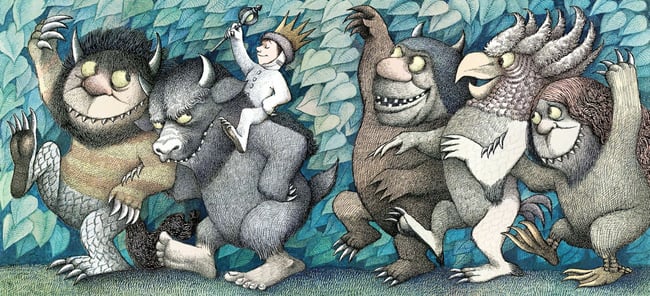 (Source: Where the Wild Things Are by Maurice Sendak)
(Source: Where the Wild Things Are by Maurice Sendak)
You, just like Max, are King of the Wild Things.
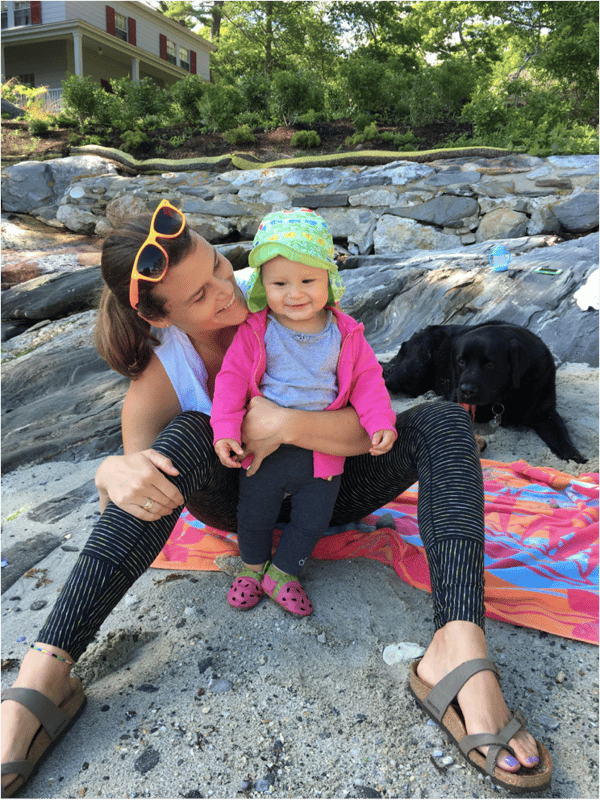
You see at the end of my day, I want to come home from school and kiss my wife, play with my daughter, and spend some time outside or in the studio.
What I don’t want to do, if I’m being honest, and I’ll be honest here, is spend my mental energy imagining the emotional lives of YOU, my students or fellow teachers.
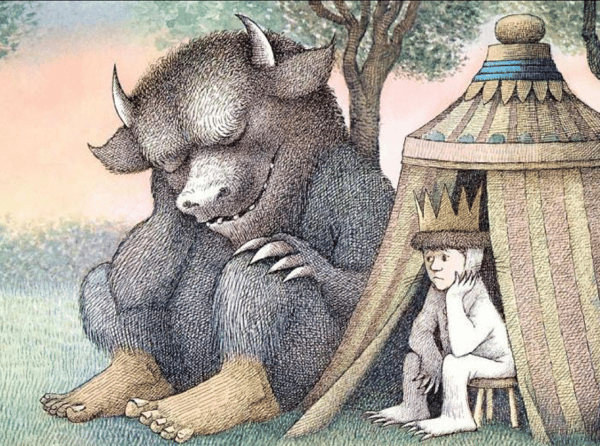 (Source: Where the Wild Things Are by Maurice Sendak)
(Source: Where the Wild Things Are by Maurice Sendak)
But also like Max, I know I can’t live forever in a place where I am the center of the universe and everything revolves around me.
And because we can’t live in a world that exists to serve our own personal needs, I’ll ask you to consider empathy as an alternative.
I ask you to consider the possibility that the people around you are just as mysterious and multi-layered as you are. Your friends and teachers, just like you, have a rich interior life. Just like you, they want their most true self to be recognized.
At this point I might have lost some of you. You’re thinking that, “just like you,” I want this assembly to end soon. But… bear with me a few more minutes.
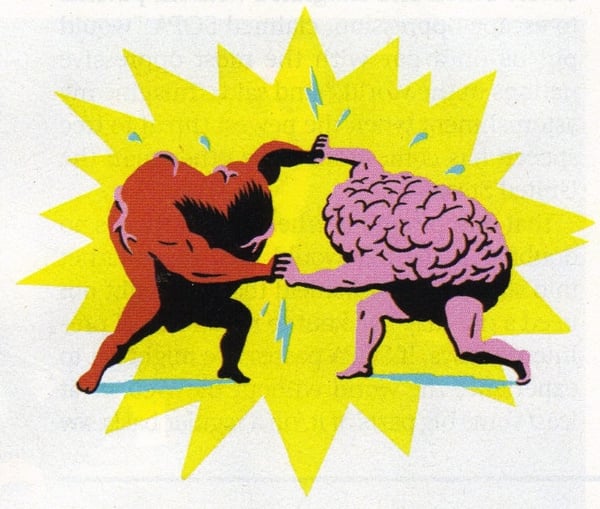 (Source: celebrationbible.blogspot.com)
(Source: celebrationbible.blogspot.com)
Let’s pause for a second and talk about a regular day at Shorecrest.
Students, how is it you get through a day tied to your desk with every adult demanding you perform your very best, every hour of the day? I know for me at your age this was excruciating.
Teachers, how do you make it through the day at work, pretending that your personal life barely exists and giving every ounce of patience and energy away? This is not easy stuff we are all doing each day.
At school and in the workplace, we are expected to negotiate the world with our intellect. To think our way through the school day, our jobs, the many tasks, large and small that must be accomplished. I believe we would be well served to think about our emotional lives with equal fervor.
Because, let’s face it, we get through the day not by thinking, but by feeling.
Very few of us operate on intellect alone.
As humans, we are emotional animals. We use intellect for sure, but rarely is it the guiding principle of our lives. Intellect cares nothing for who you date or marry, what type of job you want, what is for dinner or who you are going to eat it with.
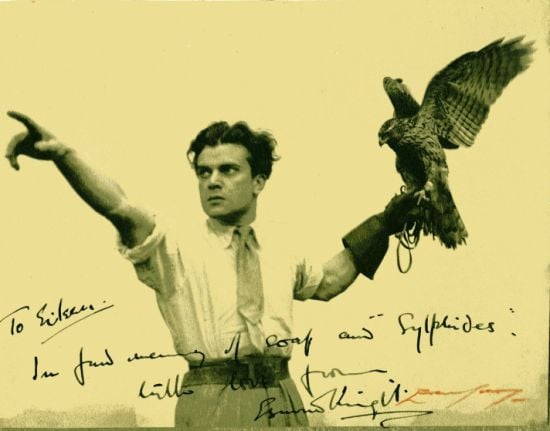 (Source: terriermandotcom.blogspot.com)
(Source: terriermandotcom.blogspot.com)
Aldo Leopold, the conservationist said, “Education, I fear, is learning to see one thing by going blind to another.” Are we so focused on developing our minds that we have forgotten to pay attention to our hearts?
You see, the door to empathy is rigged to remain closed when not in use.
Why I am here in front of you giving what has become a long and not particularly light speech, is that I am asking you to consider leaving this door open.
So the question is, how do we exercise our hearts? How do we make sure that while our minds expand to take in new ideas, our emotional life grows with it?

Art is the place to start. It is where the intellect and the heart meet.
Art reflects our cultural norms and never before has our conception of what is normal been more challenged.
Let’s face it, our well-being as humans is in decline.
Conflict, inequality, mass migration, and poverty are on the rise.
The big problems are usually always addressed with big solutions: policy changes, treaties, sometimes air strikes and no fly zones. What we lose sight of, and what art can restore, is that empathy is the most basic, and possibly most demanding solution of them all.
Art is participative, dynamic, and LOWERCASE “d”, democratic.

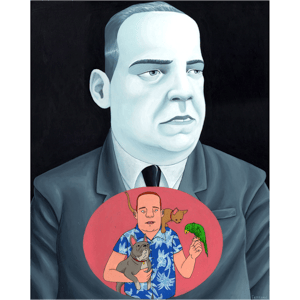 (Source: Gregory Ferrand, Solitaire Series gferrand.com)
(Source: Gregory Ferrand, Solitaire Series gferrand.com)
It shows us who we are and who we wish we could become, the parts of life that are full of wonder or woefully inadequate. It can express the difference between how we are seen and how we imagine ourselves. (Ferrand).
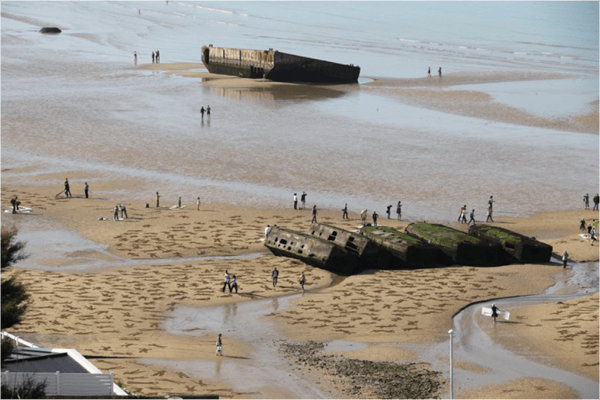 (Source: Jamie Wardley thefallen9000.info)
(Source: Jamie Wardley thefallen9000.info)
It eulogizes the lost, as James Wardley did on Omaha Beach, drawing 9,000 outlines in sand to commemorate those who died during the D-Day invasion.
Art is both a memorial and a reminder of the past.
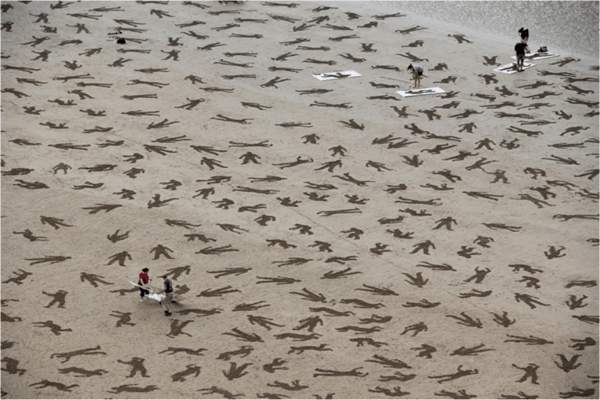 (Source: Jamie Wardley thefallen9000.info)
(Source: Jamie Wardley thefallen9000.info)
It makes the study of history less academic and more personal. Art can make the enormity of our past tangible.
 (Source: Jamie Wardley thefallen9000.info)
(Source: Jamie Wardley thefallen9000.info)
Art helps us consider the unimaginable.
(Blood Swept Lands and Seas of Red at the Tower of London by Paul Cummins. Source artnet.com.)
Such as a single ceramic poppy for every soldier killed in WWI.
It can commemorate something horrible, do it beautifully, and leave us eager.
 (Blood Swept Lands and Seas of Red at the Tower of London by Paul Cummins. Source artnet.com.)
(Blood Swept Lands and Seas of Red at the Tower of London by Paul Cummins. Source artnet.com.)
It speaks to the times, how we communicate and what we value.
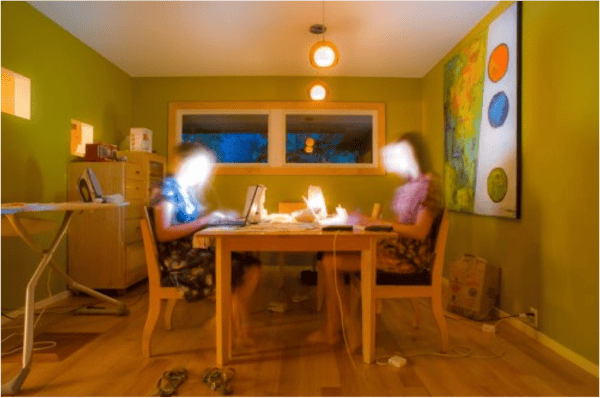 (Ghost Life, by Allison Reily)
(Ghost Life, by Allison Reily)
It chronicles and asks us to consider the nature of our daily lives..

(Ghost Life, by Allison Reily)
Richard Renaldi created the Touching Strangers series by asking two people to pose for a photograph and make some form of physical contact.
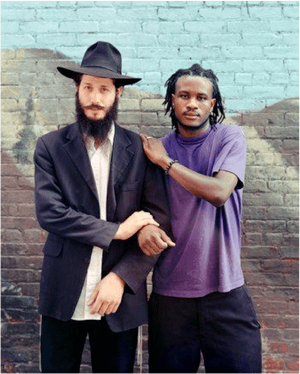
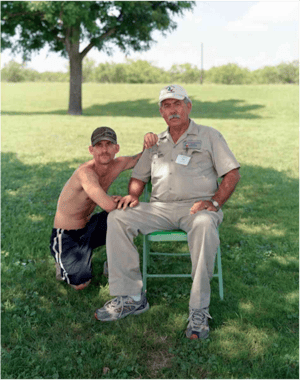
The photographs resonate because they show both our similarities and the vast differences that separate us.
Art tells stories: It can show the narrative of how humans relate to natural resources and exploit them, as Edward Burtynsky does in his large format photographs.

and how the landscape of this earth is being altered in real time.


Art can show how marvelously unique our species is in its ability to dream big and articulate complex ideas.
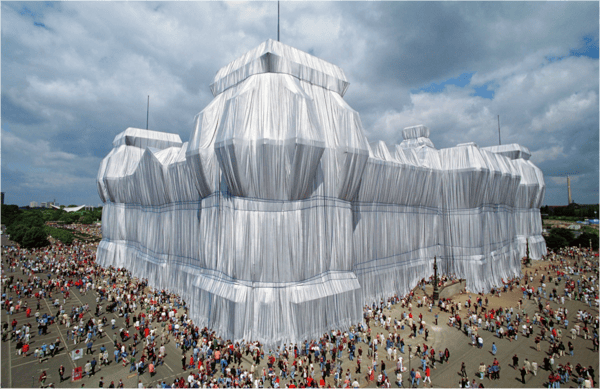 (Christo and Jeanne-Claude, Wrapped Reichstag, Berlin, 1971-95 Photo: Wolfgang Volz)
(Christo and Jeanne-Claude, Wrapped Reichstag, Berlin, 1971-95 Photo: Wolfgang Volz)
How it is that we can create ideas that seem impossible

(Christo and Jeanne-Claude, The Floating PiersThe Floating Piers, Lake Iseo, Italy, 2014-16 Photo: Wolfgang Volz )
and then get to work solving them.
(Photo: Wolfgang Volz)
Art speaks to current events in a way that an editorial or news report cannot:
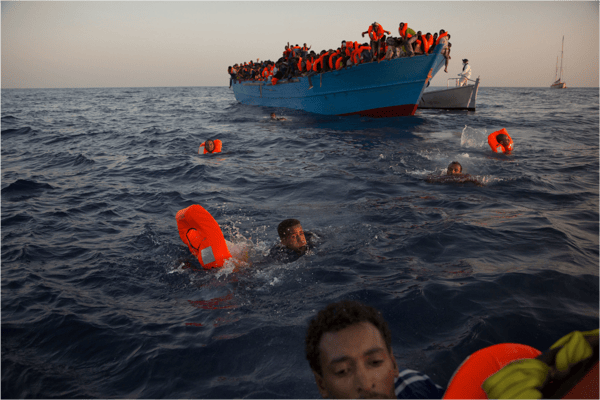
(AP Photo/Emilio Morenatti)
It asks us to absorb information with our heart and with our mind.
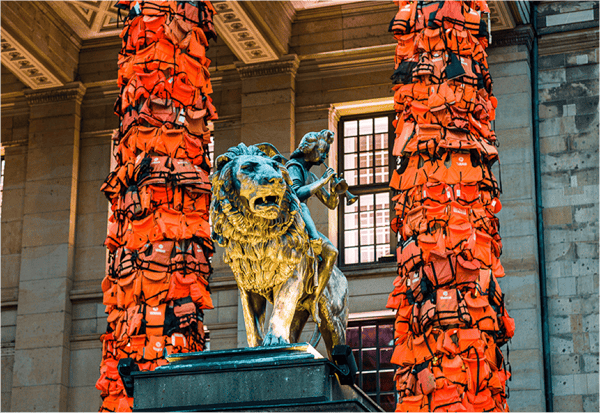
(Installation by Ai Wei Wei, Photo by Markus Winninghoff)
and it leaves us with emotions and ideas in equal measure (WeiWei).
 (Installation by Ai Wei Wei, Photo by Markus Winninghoff)
(Installation by Ai Wei Wei, Photo by Markus Winninghoff)
Finally, art shows us that when we talk about the big issues: poverty, immigration, global warming, or hunger
what we are actually talking about is people. We are talking about people
who are not so very different from us. People who, just like you and I, want to thrive in the world.
While it is not likely that you or I will experience hunger, or become climate change refugees, or flee a dictator, it is also not impossible. We live in hard times that are changing quickly.
It’s a popular expression in hard times to state that
(Migrant Mother, Dorothea Lange)
“Art is a luxury in an advanced society.” I’m here to tell you that this useless statement is utterly untrue. It is a lie.
Rather, “Art is a reflection of the society that we build.”
And we build this society every day. We are doing it right now in the Janet Root Theatre.
Look around you. Consider that just like you, those around you are experiencing complex, beautiful, and fragile emotions.
Now grow your circle of empathy to envelop those that are least likely to receive it, those less fortunate and in need.
For better or worse, we are building society right now and all of you are important players. And I hope that you, just like me, will do it with empathy, compassion, and a full heart.
"Empathy, Compassion and Art" was the first of the Shorecrest Upper School Charger Chats. ChargerChats are weekly presentations, formatted much like the popular TED talks, during which students, faculty, administrators and other community members can share their knowledge of or point of view on subjects of personal significance.

